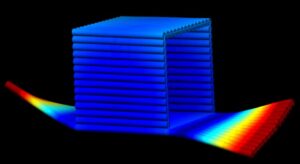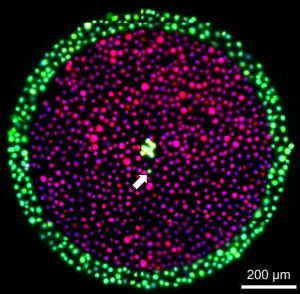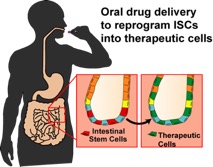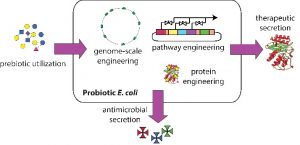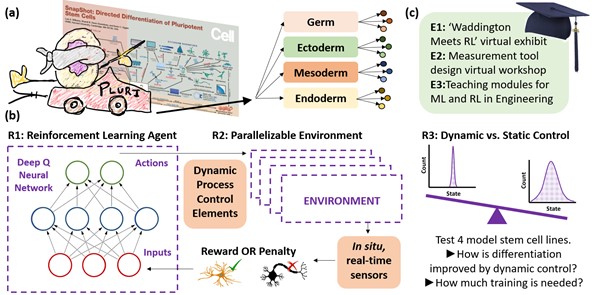1. Immunomodulatory Nanovaccines Against Infectious Diseases – Experimental
Mentor: Balaji Narasimhan
We have designed novel biodegradable amphiphilic polyanhydrides that have the ability to enhance the immune response and stabilize protein antigens. These capabilities have important implications for the design of single dose vaccines for diseases ranging from cancer and HIV to anthrax and plague to tetanus and diphtheria. We have fabricated nanoparticles based on sebacic acid (SA), 1,6-bis(p-carboxyphenoxy)hexane (CPH), and 1,8-bis(p-carboxyphenoxy)3,6-dioxaoctane (CPTEG) and demonstrated the stability and immunogenicity of antigens released from these nanoparticles. Our overall goal is to understand the cellular and molecular mechanisms by which these polymeric nano-adjuvants enhance and activate host immune responses. This work will be in collaboration with Professors Wannemuehler and Bellaire from the Veterinary Microbiology and Preventive Medicine department at ISU.
Example REU Project: Two REU students will learn to fabricate antigen-loaded nanoparticles (200-800 nm) using CPH:SA and CPTEG:CPH copolymers. The antigens of interest include ovalbumin, F1-V (plague antigen), influenza hemagglutinins, and rPA (recombinant protective antigen against anthrax). The students will learn to characterize these nanoparticles using electron microscopy and a Zetasizer (for size distribution). One REU student will study how the blank nanoparticles (i.e., no antigen) are uptaken by antigen presenting cells of the immune system using confocal laser scanning microscopy. The second REU student will immunize mice with these antigen-loaded nanoparticles with the appropriate controls. The immune response in these animals will be characterized using both antigen-specific antibody responses and T and/or B cell proliferative responses. Together, all these studies will provide molecular and cellular information about how polymer chemistry enhances and activates host immune responses. This project will expose the students to nanotechnology, materials science, biochemistry, animal studies, and applied immunology.

